Room 6

The temporary nature of visual works can be illustrated in multiple ways. As much as they have been called “space art”, the presence of time is not only inevitable, but, in many cases, as with the four works of art in this room, it is intentionally sought out: as a gesture, a process, an action, a series...
Anthropofauna, 1970, is part of the final phase of Manuel Millares' works, in which the presence of white leaves behind the black that used to dominate his painting. The expressive nature of his usual shreds of cloth and seams is enhanced by linear graphics, reminiscent of ideographic handwriting.
Hombre del Sur, 1972, by Julio López Hernández, is an imposing sculpture of a man who seems to emerge from the ground in which he lies. The way he is dressed from head to toe, merged with his flesh, glued or superimposed, leaves whether he is sleeping, dreaming or dead open to interpretation.
Aktionismus, a work produced in 2012, is a powerful set of 18 ink-on-paper drawings by Alain Urrutia based on a series of documentary photographs of representative performances in the 1970s by Viennese actionism artists such as Brus and Schwarzkögler. Now then: these works are, in themselves, acts of painting, which reflect the tension of the aesthetic fact, of the continuous moment in time in which the action of drawing materialises.
Impresión (Maderas), by Patricia Dauder, is a 2015 canvas registering the transfer of traces of burnt wood to a linen canvas. The result also arises from an action, from a time-related process that ended up becoming fixed in space, like painting, sculpture and photography.